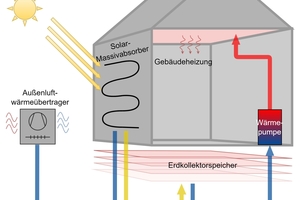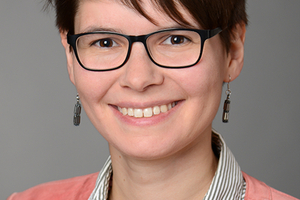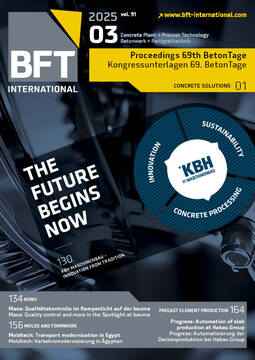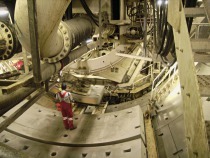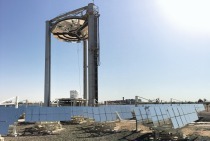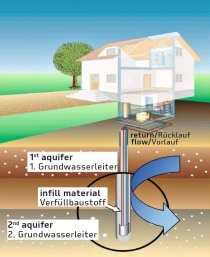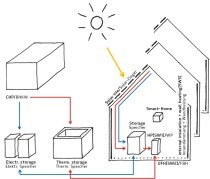Thermal activation of exterior walls as heat source for efficient heat pump heating systems
Joint project: Munich University of Applied Sciences, Hautec GmbH, Meier Betonwerke GmbH, Syspro-Gruppe Betonbauteile e.V.
The energy efficiency of heat pump heating systems is strongly dependent on the temperature level of the ambient heat source. The use of geothermal probes, flat geothermal collectors or groundwater achieves significantly higher annual coefficients of performance compared to air source heat pumps.
A building heating system with an electrically driven heat pump is developed to use outside air and other ambient heat sources with significantly increased energy efficiency compared to conventional air-source heat pumps. In addition to the use of outdoor air, solar heat is provided by means of building-integrated massive solar absorbers (concrete elements: “Thermowand”). Excess solar heat is stored in an heat storage underneath the building. The system is well suited to situations in which the building density or other constraints prevent the use of ground collectors or geothermal probes as an ambient heat source. The storage is not designed as a seasonal storage to cover the entire heating period, but serves as a medium-term heat storage to bridge cold operating phases with low solar radiation in winter. During the heating period, the heat released by the solar massive absorber can be used by the heat pump or serves to regenerate the ground collector heat storage.
In a test period over two heating periods, the heating system achieved energy savings of around 30 % compared to operation as a pure air-source heat pump (project “EnOB: TriValent - heat pump heating with building-integrated heat sources”, funded by: BMWK, FKZ 03EN1064A).

